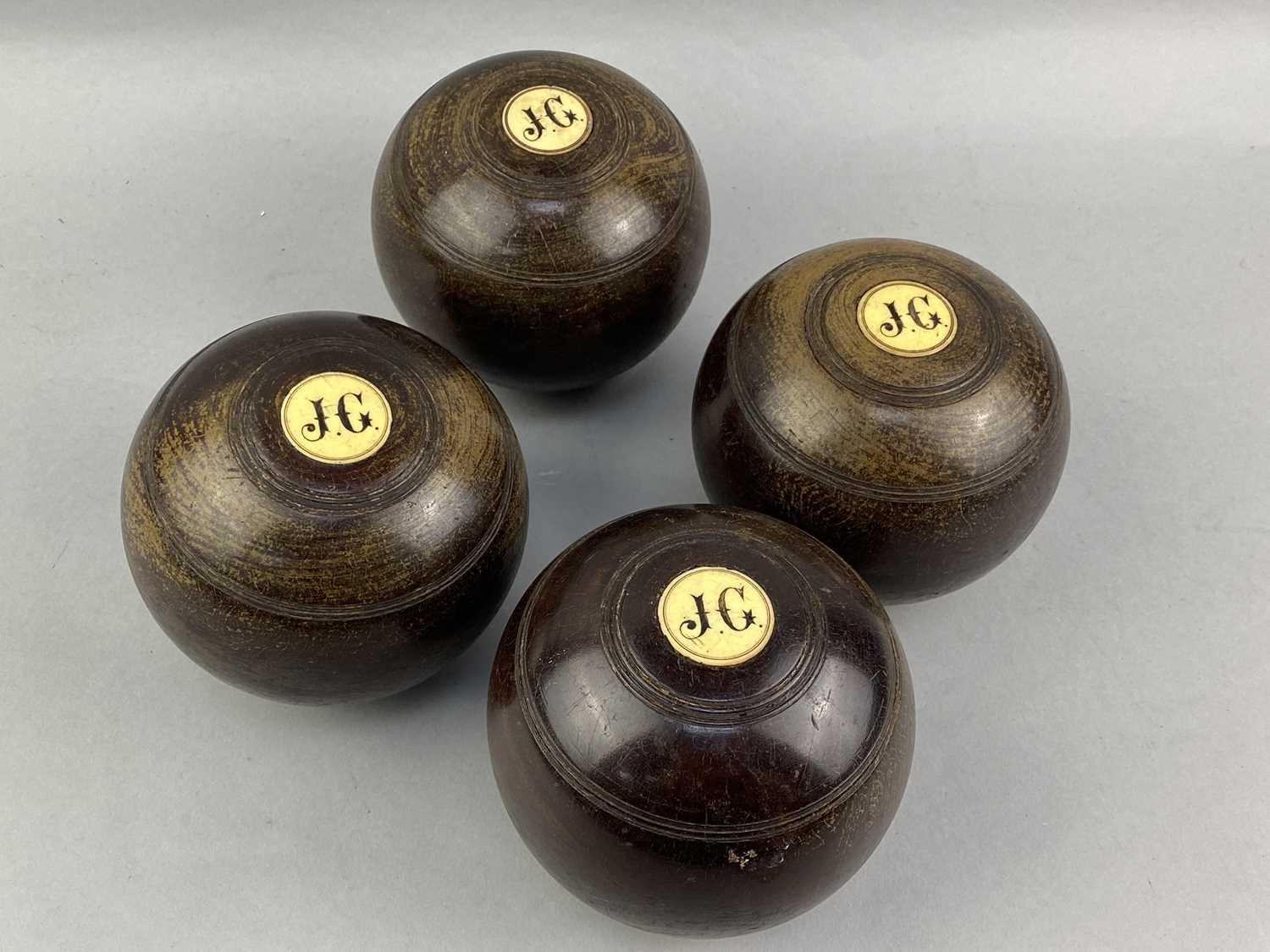1862 - 1948 A Man's Game
The century or so that followed the founding of the Auckland Bowling Club saw bowls enjoy a meteoric growth throughout the country. The three governing bodies of bowls in New Zealand amalgamated in 1913 and with this came a truly national competition. Uniform rules were introduced throughout the Dominion.
In the decades following amalgamation, bowls became a steadily more competitive and popular pastime. New Zealand entered teams into what was then known as the Empire Games during this time. They achieved moderate success. Noteworthy, some of the greens New Zealand players experienced at these games were completely foreign to them, sometimes running at 7 seconds (how long a bowl takes to stop) and looking more like a field than a bowling green. They were more used to slowing speeds of over 15 seconds.
The 30's saw a dramatic shift in the type of bowl commonly used, with the majority of bowling members in New Zealand switching from Lignum Vitae (a hardwood, so dense that it sunk in water) to what was known as 'composite' bowls.
Image: Set of four Lignum vitae bowls
Several manufacturers operated in the 'composite' bowl space, and they were usually made of either compressed rubber or plastic. Plastic bowls eventually won the battle. It is a testament to their reliability that all bowls used in the modern game are now condensed plastic, albeit often in a variety of colours.

Image: A myriad of colours and patterns are now available.

Image: Onehunga Men's Four team from the Nationals in 1940
In the 40's the sport experienced another boom in membership as returning servicemen joined up to clubs in droves. It's interesting to note however, that during this time there were very few women's bowling clubs in New Zealand. Although some Centres existed such as the Otago Ladies' Bowling Association, formed in 1926, their participation in the game outside of the tearooms was frowned upon and there was no national organisation to administer their game.
This was all about to change.
